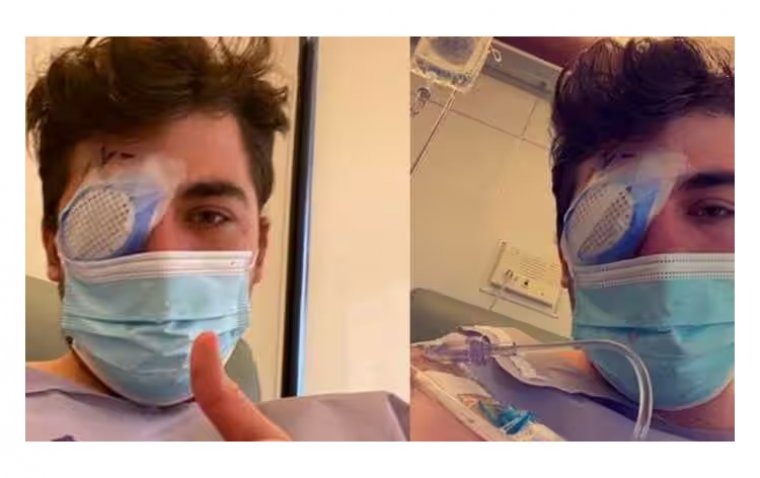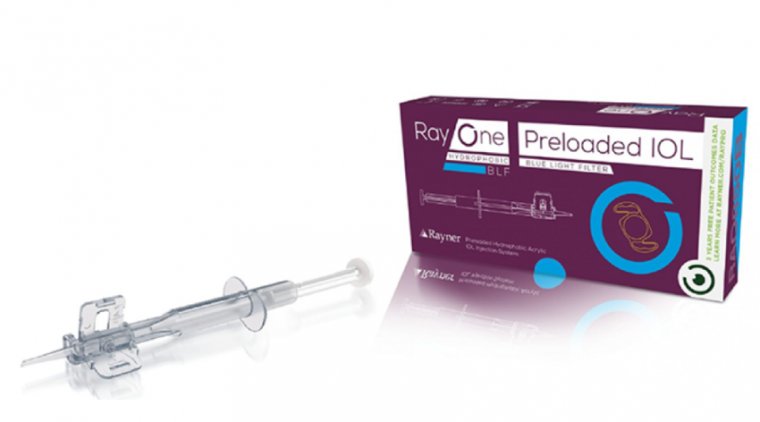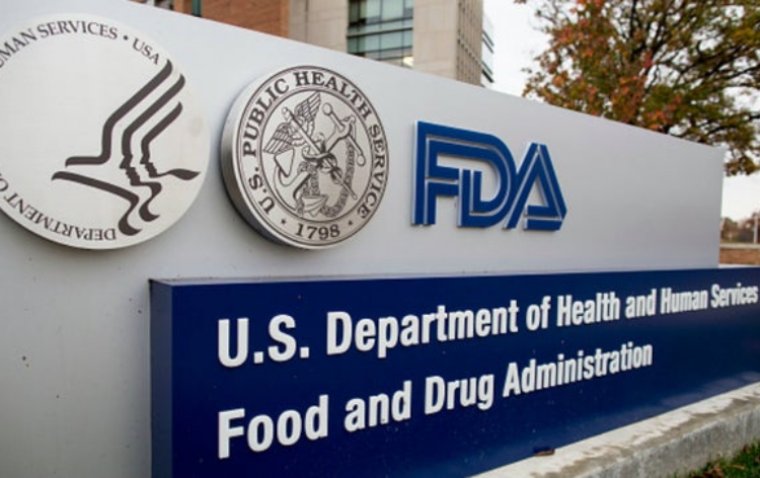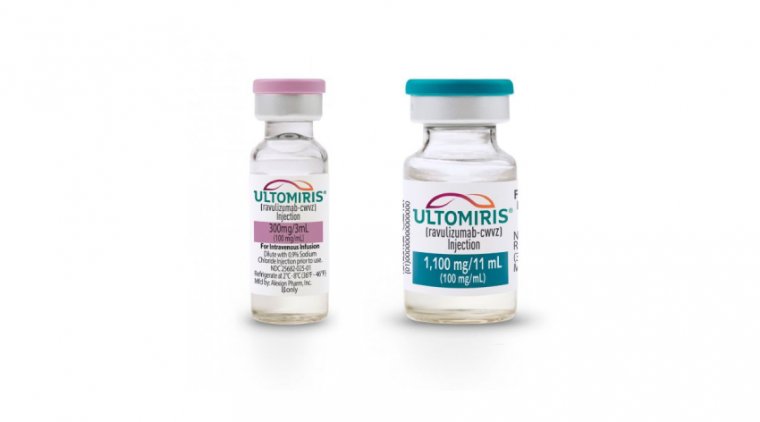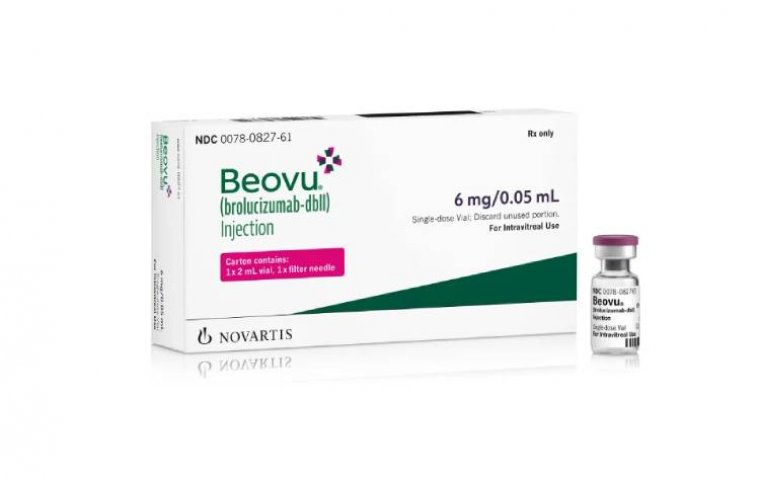
Novartis’ Eye Drug Triggers Rare Retinal Side Effects in AMD Patients
Two recent studies have found that a drug called brolucizumab, which was approved in 2019 and developed by Swiss pharmaceutical company Novartis AG to treat wet age-related macular degeneration (AMD), can cause rare retinal side effects due to its interaction with the human immune system.
AMD is a common eye condition that results in vision loss in individuals over 65 years old. This disorder causes severe blurring and a blind spot in the center of the retina known as the macula, caused by abnormal blood vessels that grow and leak into the macula. Brolucizumab was designed to specifically target this overgrowth in the retina.
Although the medication has been approved in over 70 countries and was considered safe during pre-approval testing, reports emerged a few months after its launch indicating rare retinal disorders in a small percentage of patients who had been treated with the drug.
According to data published in the journal Science Translational Medicine, an estimated 2.1% of patients experienced these side effects. To determine the cause of these adverse effects, scientists from two Novartis research centers, located in Basel, Switzerland, and Cambridge, Massachusetts, conducted investigations.
In one study, scientists examined serum samples, while in the other, they created models of the inflammatory conditions that patients experienced. These investigations were conducted on two continents with a single goal in mind: to uncover the mystery behind why some patients experienced retinal side effects while the majority of those treated with the medication did not.
"In October 2019, Novartis launched brolucizumab, a single-chain variable fragment molecule targeting vascular endothelial growth factor A, for the treatment of neovascular age-related macular degeneration," wrote Anette C. Karle of the company's biomedical research division in Basel.
Vascular endothelial growth factor-A (VEGF-A) is a signaling protein that has various functions, one of which is stimulating the growth of abnormal blood vessels. Wet age-related macular degeneration (AMD) occurs when abnormal blood vessels grow in the choroid, a layer beneath the light-sensitive retina of the eye. The overgrowth of blood vessels in the choroid causes vision loss in individuals with AMD.
According to an article in Science Translational Medicine, Karle observed that patients who did not respond well to the medication developed distinctive eye conditions. Karle, the lead author of one of the new studies, noted that in 2020, there were infrequent reports of retinal vasculitis and/or retinal vascular occlusion, particularly in the initial months following treatment, which is consistent with a potential immunologic pathobiology.
Retinal vasculitis is an inflammatory condition that affects the blood vessels in the retina, which is the light-sensitive tissue located at the back of the eye. The most troubling aspect of this condition is the loss of vision that occurs without pain. In contrast, retinal vascular occlusion is caused by a blockage in the veins that carry blood away from the retina. This blockage can lead to edema, which is the accumulation of fluid in the macula. The trapped fluid accumulates not only within the retina but also underneath it, resulting in a rapid and severe loss of visual acuity.
According to the research by Karle and colleagues, retinal disorders were "inconsistent with preclinical studies in cynomolgus monkeys that demonstrated no drug-related intraocular inflammation, retinal vasculitis or retinal occlusion, despite the presence of preexisting and treatment-emergent antidrug antibodies in some [test] animals." However, a small number of patients in the clinical trial experienced the two inflammatory conditions after treatment with brolucizumab.
To comprehend why the medication failed to work for certain patients, Karle and her colleagues analyzed serum samples from various groups, including nonhuman primates, healthy volunteers who were untreated, and 28 patients from the clinical trials who experienced retinal vasculitis or retinal vascular occlusion after receiving brolucizumab treatment.
The serum analyses revealed that an immune response against brolucizumab was necessary for both side effects because only patients who experienced retinal vasculitis or retinal vascular occlusion exhibited robust T cell responses to the treatment. After treatment with the medication, patients' immune systems attacked their retinas, resulting in the side effects.
In a second study published in Science Translational Medicine, Dr. Jeffrey Kearns and his team took a translational approach to comprehend how the body can unleash inflammatory forces after brolucizumab treatment.
Kearns' team, located in Cambridge, Massachusetts, and Basel, Switzerland, used a combination of structural modeling, immunological analysis, and other techniques to examine the underlying causes of retinal vasculitis and retinal vascular occlusion.
"The presence of antidrug antibodies in these patients led to the initial hypothesis that immune complexes could be key mediators," wrote Kearns, a researcher at the Novartis Institutes for BioMedical Research in Cambridge, and lead author of the second study. "Although the formation of antidrug antibodies and immune complexes may be a prerequisite, other factors likely contribute to some patients having retinal vasculitis or retinal vascular occlusion, whereas the vast majority do not."
Kearns and his team investigated the effects of brolucizumab in a systems pharmacology model that simulated the conditions in the eye. This model enabled them to identify several factors that influenced the drug's interactions with immune cells.
The factors included a linear epitope on the drug that was similar to gut bacterial proteins, as well as the emergence of non-native derivatives of brolucizumab after 13 weeks of treatment. These occurrences led to the formation of immune complexes between brolucizumab and anti-drug antibodies.
Karle and Kearns, along with their respective research teams, have stressed that further research is required to obtain more conclusive results. The scientists acknowledge that additional, unknown factors may have a role in the development of retinal side effects following treatment with brolucizumab. The limitations of their research were the scarcity of intraocular clinical samples and the absence of genetic risk factors.
References
Anette C. Karle et al, Anti-brolucizumab immune response as one prerequisite for rare retinal vasculitis/retinal vascular occlusion adverse events, Science Translational Medicine (2023). DOI: 10.1126/scitranslmed.abq5241
Jeffrey D. Kearns et al, A root cause analysis to identify the mechanistic drivers of immunogenicity against the anti-VEGF biotherapeutic brolucizumab, Science Translational Medicine (2023). DOI: 10.1126/scitranslmed.abq5068
(1).jpg)





